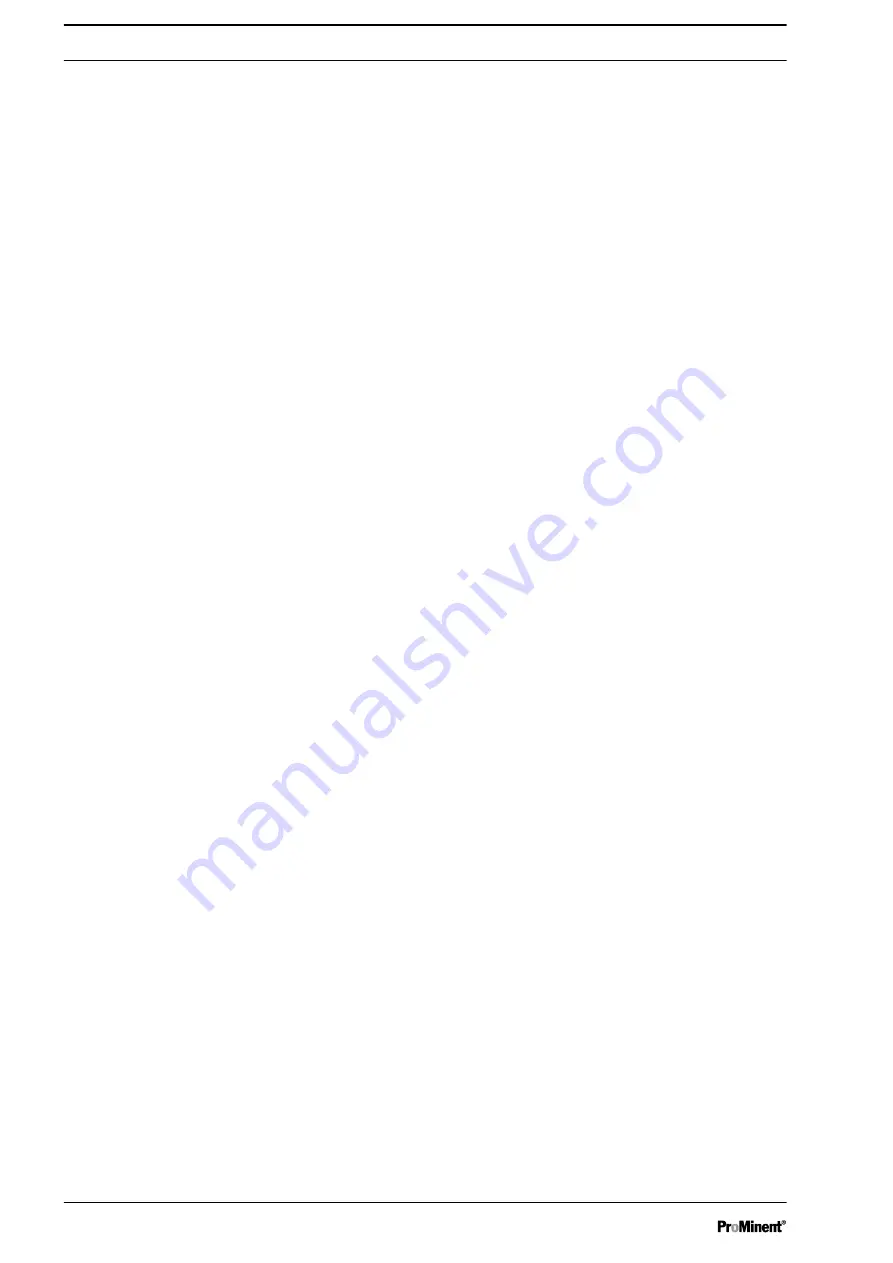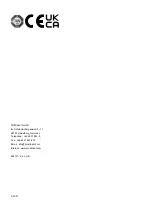
13
Index
A
Action, step by step . . . . . . . . . . . . . . . . . . . . . . . . 2
Ambient conditions . . . . . . . . . . . . . . . . . . . . . . . 19
Applied harmonised standards . . . . . . . . . . . 64, 65
C
Calibration . . . . . . . . . . . . . . . . . . . . . . . . . . . . . . 32
Chemical storage tanks . . . . . . . . . . . . . . . . . . . . 54
D
Data input . . . . . . . . . . . . . . . . . . . . . . . . . . . . . . 43
Designation of the product . . . . . . . . . . . . . . . 64, 65
Drilling and external dimensions . . . . . . . . . . 59, 60
F
Function of the keys . . . . . . . . . . . . . . . . . . . . . . 14
G
General non-discriminatory approach . . . . . . . . . . 2
K
Key Lock . . . . . . . . . . . . . . . . . . . . . . . . . . . . . . . 18
L
Language settings . . . . . . . . . . . . . . . . . . . . . . . . 17
Links to elements or sections of these instruc‐
tions or other applicable documents . . . . . . . . . . . 2
M
More symbols . . . . . . . . . . . . . . . . . . . . . . . . . . . . 2
N
Non-discriminatory approach . . . . . . . . . . . . . . . . 2
O
Operating Concept . . . . . . . . . . . . . . . . . . . . . . . 14
Operating language . . . . . . . . . . . . . . . . . . . . . . . 17
P
pH calibration . . . . . . . . . . . . . . . . . . . . . . . . . . . 33
Poor sensor operation and fluctuating pH values
during the process . . . . . . . . . . . . . . . . . . . . . . . . 41
Q
Question: Are there disadvantages with pH cali‐
bration with an external sample? . . . . . . . . . . . . . 41
Question: How and why should I calibrate the
product? . . . . . . . . . . . . . . . . . . . . . . . . . . . . . . . 31
Question: How can I set or change the operating
language? . . . . . . . . . . . . . . . . . . . . . . . . . . . . . . 17
Question: How can I store and transport the
product? . . . . . . . . . . . . . . . . . . . . . . . . . . . . . . . 19
Question: How do I connect up all components? 57
Question: How do I eliminate functional faults? . . 55
Question: How does the controller operate? . . . . 14
Question: How does the key lock work? . . . . . . . 18
Question: How is the product hydraulically con‐
nected and what connection versions are avail‐
able? . . . . . . . . . . . . . . . . . . . . . . . . . . . . . . . . . . 22
Question: What ambient conditions need to be
taken into consideration? . . . . . . . . . . . . . . . . . . 19
Question: What components does the product
include? . . . . . . . . . . . . . . . . . . . . . . . . . . . . . . . . 7
Question: What do I have to consider when
replacing the chemical storage tanks? . . . . . . . . 54
Question: What do I need to consider when
operating the product for the first time? . . . . . . . . 29
Question: What is the actual purpose of this
product? . . . . . . . . . . . . . . . . . . . . . . . . . . . . . . . . 7
Question: What should I consider when
mounting the product on the wall? . . . . . . . . . . . . 20
Question: What type of buffer solutions do I
need for pH calibration? . . . . . . . . . . . . . . . . . . . 38
Question: Where do I find the [Simulation] func‐
tion? . . . . . . . . . . . . . . . . . . . . . . . . . . . . . . . . . . 47
Question: Which calibration process can you
use to calibrate the pH value? . . . . . . . . . . . . . . . 36
Question: Which values render pH calibration
valid? . . . . . . . . . . . . . . . . . . . . . . . . . . . . . . . . . 38
R
Relevant EC directives . . . . . . . . . . . . . . . . . 64, 65
Remove and refit the pH sensor in the in-line
probe housing . . . . . . . . . . . . . . . . . . . . . . . . . . . 37
S
Safety information . . . . . . . . . . . . . . . . . . . . . . . . 10
Serial number . . . . . . . . . . . . . . . . . . . . . . . . 64, 65
Simulation . . . . . . . . . . . . . . . . . . . . . . . . . . . . . . 47
Storage . . . . . . . . . . . . . . . . . . . . . . . . . . . . . . . . 19
T
Test container 1 with buffer solution . . . . . . . . . . 38
Test container 2 with buffer solution . . . . . . . . . . 38
Transport . . . . . . . . . . . . . . . . . . . . . . . . . . . . . . 19
Index
66



































